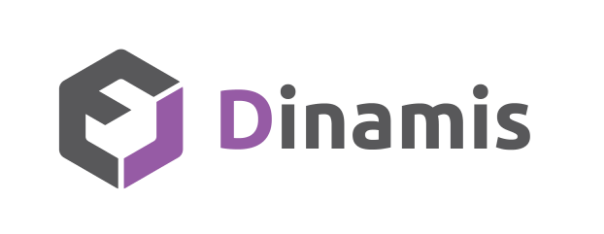Getting Started with an Outsourced Bookkeeping Solution
I call it an outsourcing “solution” because, done properly, it’s the end of the talent issue plaguing American business owners. Just to bring this to your attention:
– 61% of employers expect to hire more people than last year.
– 42% of employers are worried they won’t find the talent they need.
Outsourcing provides an end to the hiring – training – leaving feedback loop. Putting that solution into place, however, takes some finesse in the form of well-defined processes.
Processes give you control. When you can’t stay involved in every aspect of your business, your team turns to processes to get things done the way you want them.
When outsourcing, these become exponentially more important. At Dinamis, we have worked with US-based accounting firms for the last 15 years and have witnessed it first-hand.
Follow this framework to get an outsourcing solution working for you.
“How much do I need to save?”
Start with this question. Don’t be coy or vague about it either. Set your focus on the target result and work backward. If you need to cut 20% in labor cost, you need to cut ~20% of your tasks.
If your focus is on expediting turnaround time, set your goal and use KPI’s to track where more hands could fast-track rote tasks. This survey by Deloitte found businesses outsource for different reasons. When asked why they outsource, 59% use it for cost-cutting, while others outsource for better focus on the core business.
Answering this question will dictate how heavy your hand is when you decide what tasks get taken off your plate.
“What do I cut?”
Knowing how much to cut helps decide what to cut. Beyond data entry, look for points that bottleneck your work (use those KPI’s).
When you need to accomplish processes A-F, outsource B-E.
Eliminating unnecessary back and forth diminishes turnaround time. After all, the shortest distance between two points is a straight line. You don’t want someone in another time zone waiting for you to wake up for approval to finish that task.
This also provides information on any specialized skills needed in an outsourcing partner.
Walk through your processes internally
The key result here is accuracy. This takes time, focus, and the best writer you have on staff. Because while many processes seem natural to those who have been actively involved in creating them, they may not actually be so intuitive. Documenting helps us see where much of our time is spent.
Take one process and document it in great detail. Each step in any task needs to be quantified and dictated. The more accurately you can communicate these tasks, the more accuracy you will have on the tasks return.
Take these three example task instructions on how to upload a credit card statement into Expensify.
Bad:
From Expensify, login and upload file.
Better:
Login to Expensify with outsourcing login credentials.
Under the Settings menu, Import Transaction List.
Best:
-
Login to Expensify, using the following credentials:
– Username: betamax@vhs.com
– Password: betaisbetter123
-
Select Settings from the Menu on the left.
-
Under My Account, select Credit Card Import.
-
On the following screen, upload
XLS file.
Get the tasks in someone else’s hands.
Outsourced team members will learn faster from having firm, ironed-out processes. This will expedite onboarding time (saving you money).
You may believe something is as simple as a click. But, can someone who has never seen the instructions achieve the same outcome as someone who has?
Watch someone unaided walk through the tasks. Document where they stumble or miss a beat. Each stumble is a potential inaccuracy or worse, a slow down. When you ramp this process up to full scale, each slow down is multiplied by the number of people experiencing it; eating away at your savings.
Pro-tip: A/B test different document formats to see what differences occur (improved accuracy, speed, etc).
Never stop refining
I’m going to use Expensify as an example again. Over the last year, they have redesigned their interface several times. The changes added some features like their Concierge. However, they also moved menus and icons. For those following instructions, these end up as missing menus and missing icons.
Things change. So after documenting processes, they need regular maintenance for longevity and continued accuracy. The amount that it’s needed will vary depending on systems and personnel. A yearly audit can help to ensure things are being done effectively.
Takeaways
Each organization will have different ways to get you through the onboarding process but walk into it with these in mind.
Interested in taking the next step? Talk to a growth specialist at Dinamis to see how an outsourcing partnership can streamline your firm.
Other Articles You Might Be Interested In:

How to Manage Your Outsourced Accounting Team
With businesses moving to a remote environment, there is a common question about how you manage an outsourced accounting team. How do you make sure their work aligns with your objectives? How do you form a healthy work-relationship with remote accountants? How do you...
read more
5 Business Tasks You Could be Outsourcing
Too many business owners think they don't need help with their tasks. They think that getting more hands involved means way more expenses for the company. Little do they know, outsourcing could actually help their business grow. (And save them money!) Repetitive or...
read more